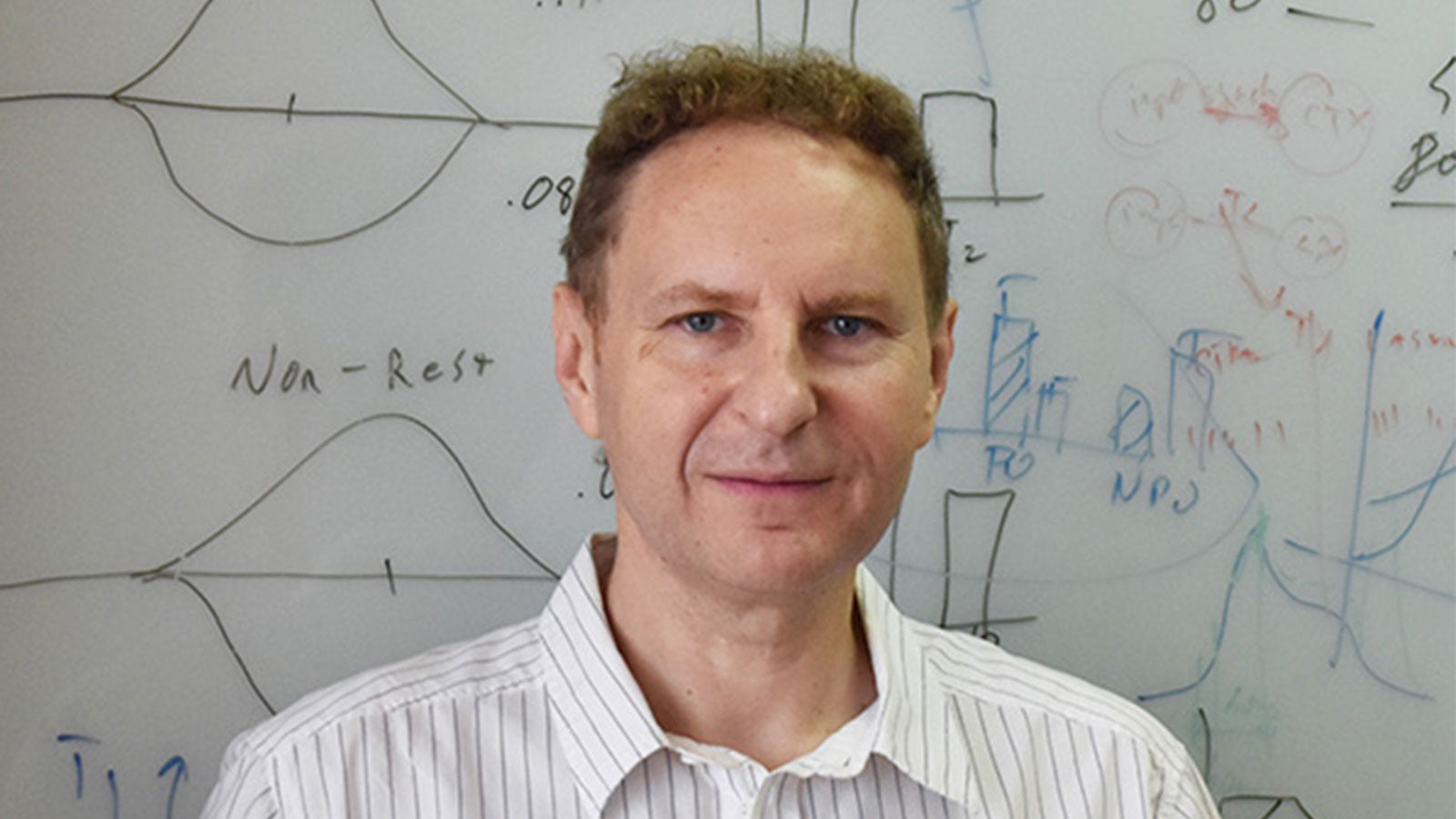How does the human brain maintain stability while constantly bombarded with sensory information?
“If the brain changes every time it experiences something new, how are we able to maintain a stable representation of the environment?” asked Valentin Dragoi, professor of electrical and computer engineering and core faculty member of the Neuroengineering Initiative at Rice.
Dragoi and his colleagues have attempted to answer such questions in a recent paper published in Nature Neuroscience, “Rapid compensatory plasticity revealed by dynamic correlated activity in monkeys in vivo.”
When exposed to new information, cortical neurons rapidly increase their responses and undergo plasticity -- that is, the ability to change form or shape. These changes in the responses of neurons and correlations between cells can rapidly “clog” information transmission in the brain and diminish its capacity to accurately represent information. Many neuroscientists and computer scientists call this problem the “plasticity-stability dilemma.”
“Computational work has proposed the existence of compensatory processes operating at rapid time scales, but experimental evidence for these processes has been lacking,” said Dragoi, who also serves as the Rosemary and Daniel J. Harrison III Presidential Distinguished Chair in Neuroprosthetics at Houston Methodist Research Institute.
In their study, Dragoi and his research team stimulated visual cortical networks with repetitive light pulses using fiber optics to induce plasticity in the neurons, and observed an initial increase in neuronal correlations, indicating rapid plasticity. This was followed by a decrease in such correlations equivalent to a reduction in the degree of plasticity.
“This compensatory mechanism,” Dragoi said, “was found to operate at the scale of minutes, much faster than had been suggested by previous studies, although in line with previous computational modeling work.”
This compensatory process was found to operate only during wakefulness, not during sleep when induced plasticity remained strong and no compensation occurred. This suggests to Dragoi that the brain is endowed with mechanisms that limit how much plasticity can take place during the awake state.
“Otherwise,” Dragoi said, “the neurons and their connections in the brain would quickly saturate and deteriorate its function. Sleep is a different brain state in which many processes, such as memory consolidation, are believed to take place. Therefore, this compensatory mechanism was not observed, and plasticity was ‘allowed’ to occur.”
Dragoi’s co-authors are Ariana Andrei, UT Health Science Center; Alan E. Akil, University of Houston; Dr. Natasha Kharas, a former Dragoi lab member, currently at Weill Cornell Medical College; Robert Rosenbaum, University of Notre Dame; and Krešimir Josić, professor of mathematics at the University of Houston.

